16 puzzles to use in the classroom when identifying homonyms.
Use this teaching resource when building vocabulary in the classroom.
Students complete each puzzle by matching up the homonym with its two matching pictures that represent the same sound and are spelled the same but have different meanings.
Print, cut, and laminate each puzzle piece. Then, in small groups, ask the students to solve each puzzle.
This makes a great spelling activity or independent task to use as part of your reading centers.
The homonyms in this resource include:
- bark (on a tree and the sound of a dog)
- wave (in the ocean and the action made with a hand)
- glasses (worn on the face to improve sight and an object for drinking out of)
- fly (the action an airplane performs in the sky and a small black insect)
- sign (attached to a pole in the street and when a person writes their name on an important document)
- watch (worn on the wrist to tell the time and when looking at something with binoculars)
- cold (the temperature of an ice cube and when a person is sick)
- bat (a nocturnal animal and an object used to hit balls)
- chest (a container to hold special items and a part of the body)
- scales (an instrument used for measuring and the body covering of a fish)
- right (when something is correct and when turning a particular direction)
- bowl (an object for eating food out of and when rolling a ball)
- row (when using paddles in a small boat and the line in a graph)
- light (turned on to see in the dark and the mass of a feather)
- stamp (placed on the corner of an envelope and the approval of something important)
- ring (the sound of a telephone when a call is received and an object worn on a finger).
Use the drop-down menu to choose between the color or black and white versions.
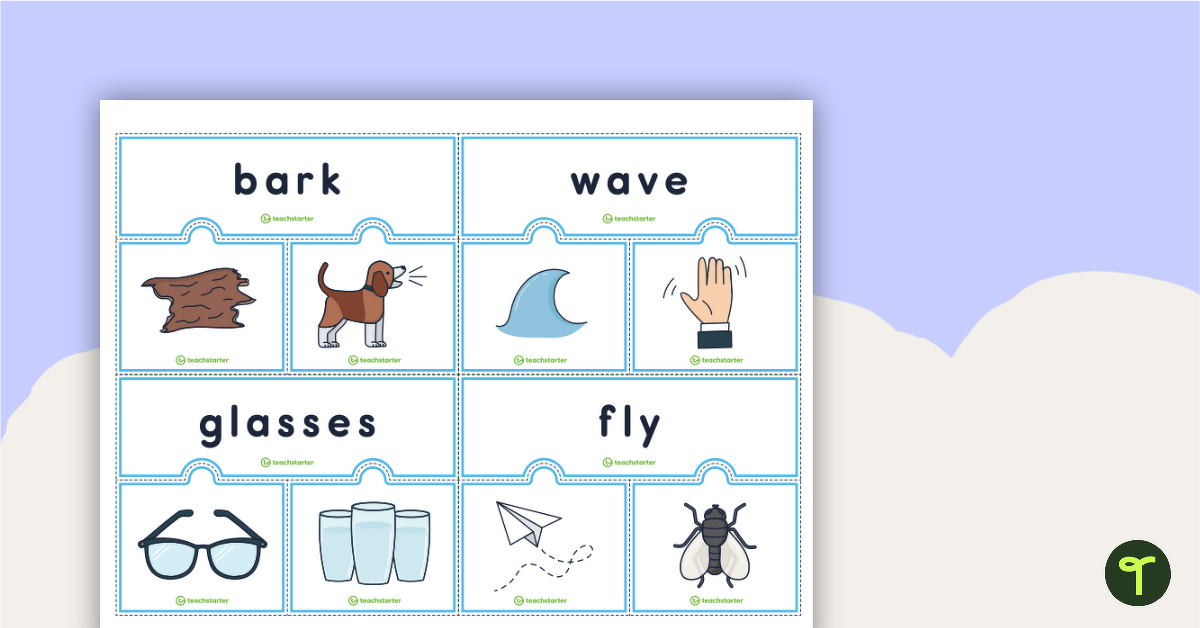

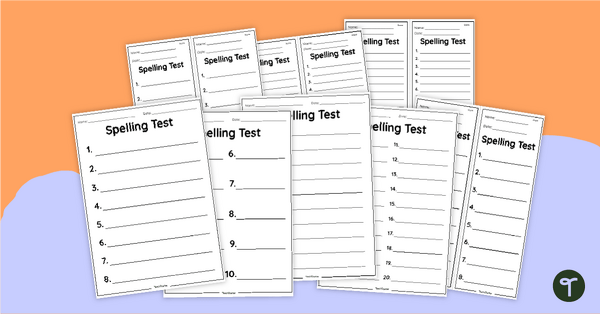
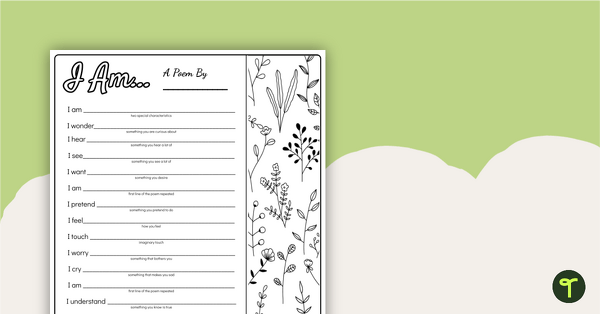
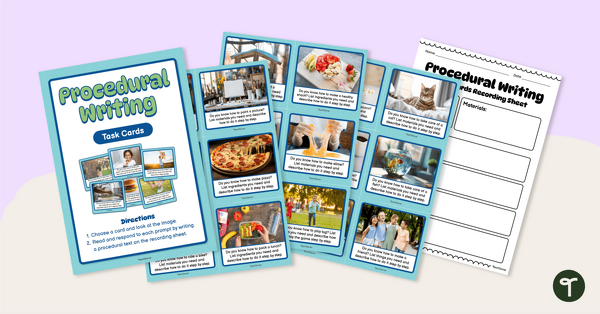
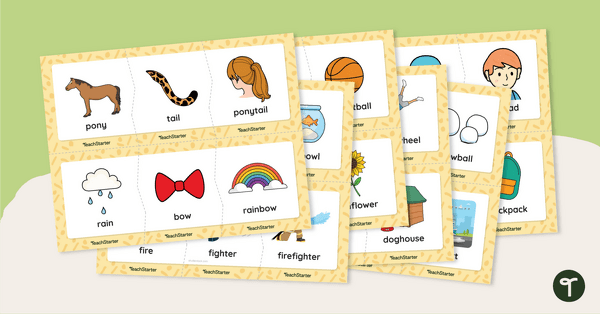
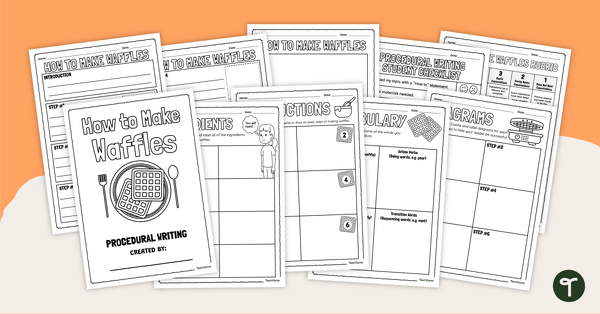

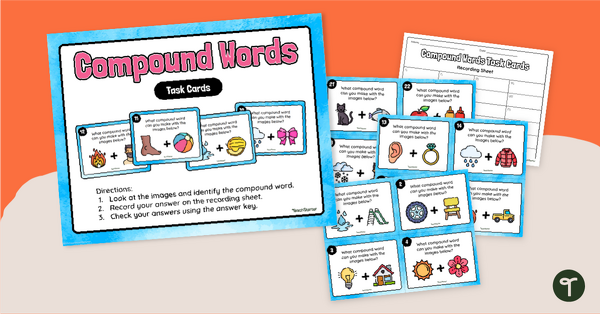

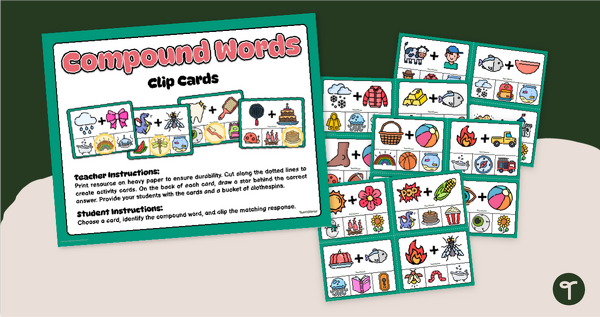
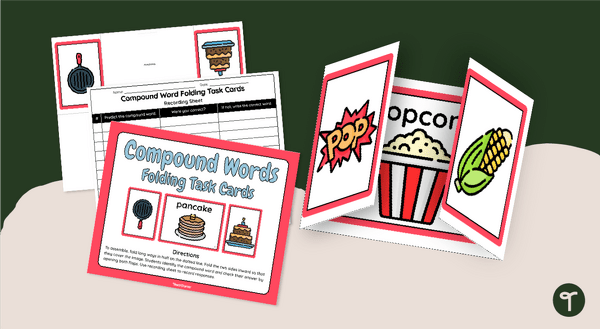
0 Comments
Write a review to help other teachers and parents like yourself. If you'd like to request a change to this resource, or report an error, select the corresponding tab above.